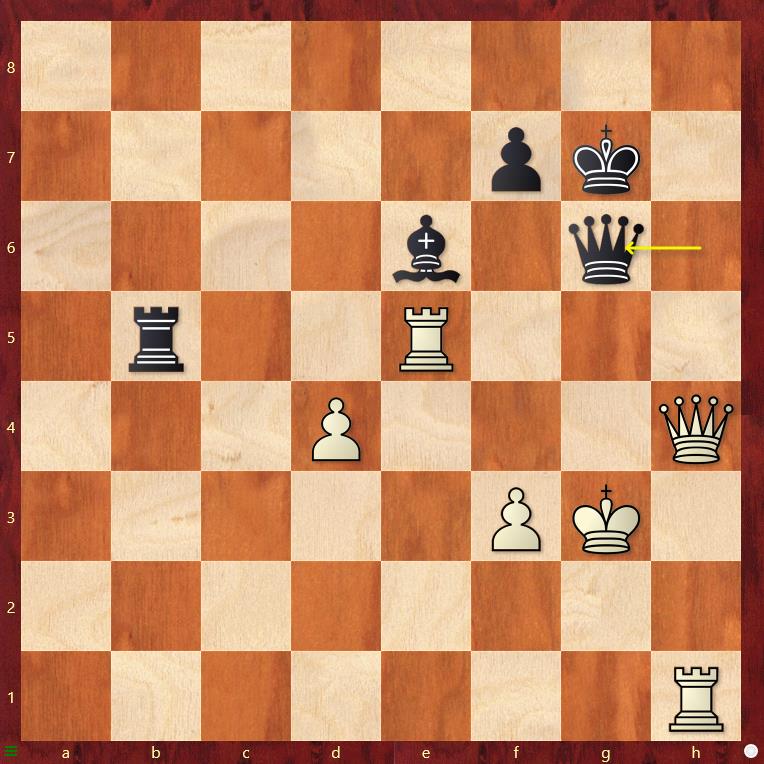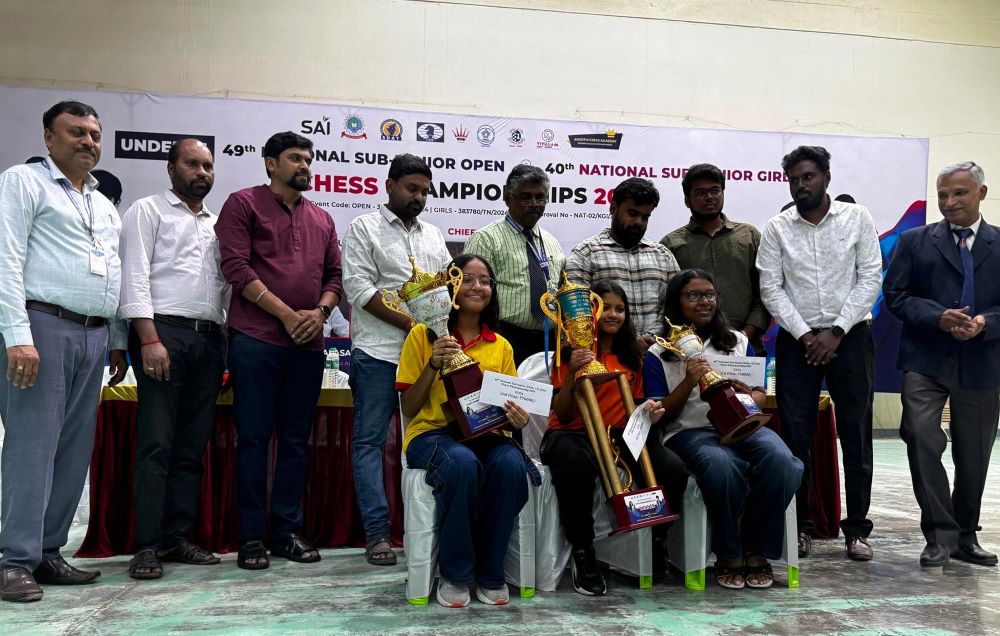Best games of the 49th National Sub-Junior Chess Champions
Ilamparthi A R and Prishita Gupta recently emerged as champions in the Open and Girls' sections, respectively, at the 49th National Sub-Junior Chess Championship. Ethan Vaz and Ashita Jain stood 2nd while Prathamesh Sherla and Saparya Ghosh stood 3rd in their respective section. The tournament was held from 3rd November to 11th November at Adhiyamaan College of Engineering, Hosur, Tamil Nadu. Ananthi Chess Academy and Viyugam Chess Academy were the organizers of this event. There were 11 rounds with the time control of 90 minutes + 30 seconds increment per move. A total of 150 players across the country battled it out for the title. Photo: Jayapala Chandady
Top Performances at the 49th National Sub-Junior
Like every year, the 49th National Sub-Junior Chess Championship brought together some of the best young chess players from across the country. The event saw incredible performances from all the participants. This article will highlight some of the finest games played by the top three finishers in both sections. We will take a look at the critical moments and strategies that helped the top finishers shine in this competitive event.
Top finishers:
Open section: Ilamparthi (1st), Ethan Vaz (2nd) and Prathamesh Sherla (3rd)
Girls section: Prishita Gupta (1st), Ashita Jain (2nd) and Saprya Ghosh (3rd)
Open Section
Ilamparthi A R - 1st
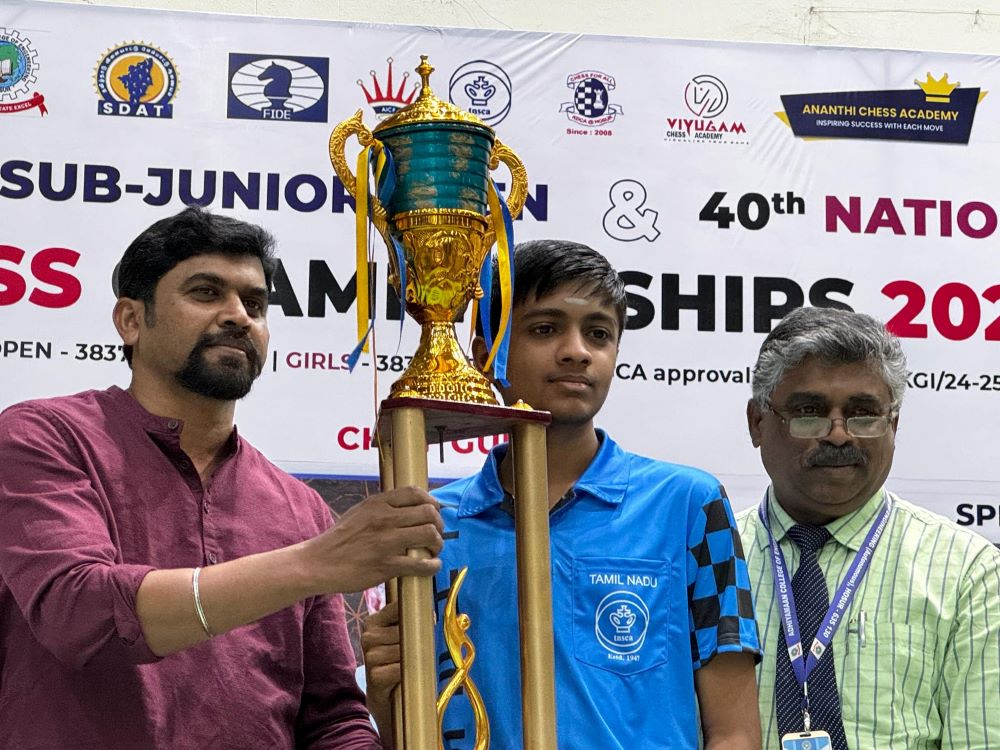
This game was a brilliant example of great positional understanding by Ilamparthi (TN). White was completely winning in this position with more active pieces.
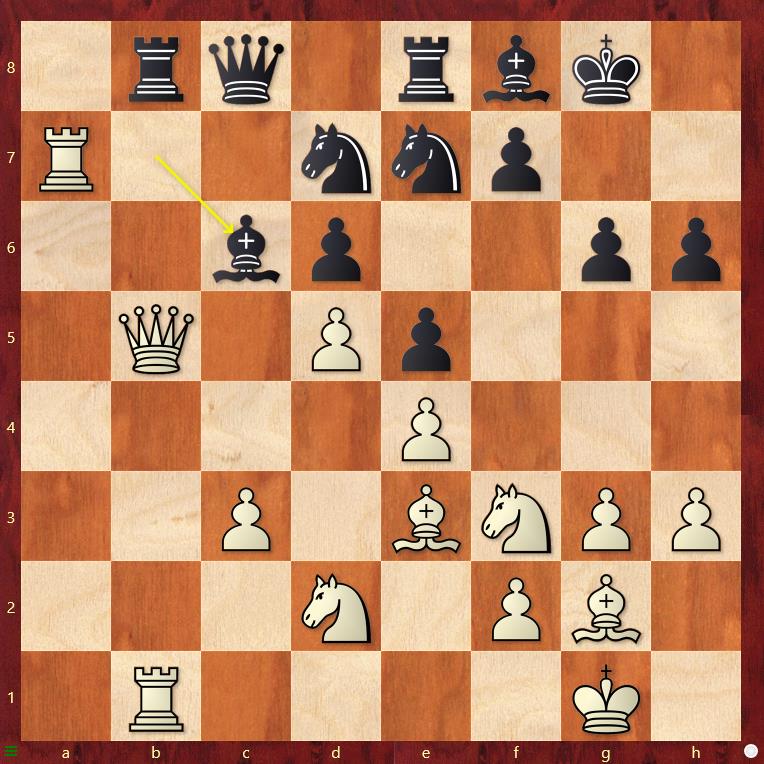
White sacrificed the queen on the 22nd move followed by great sequence 23. dxc6 Rxb5 24. cxd7.
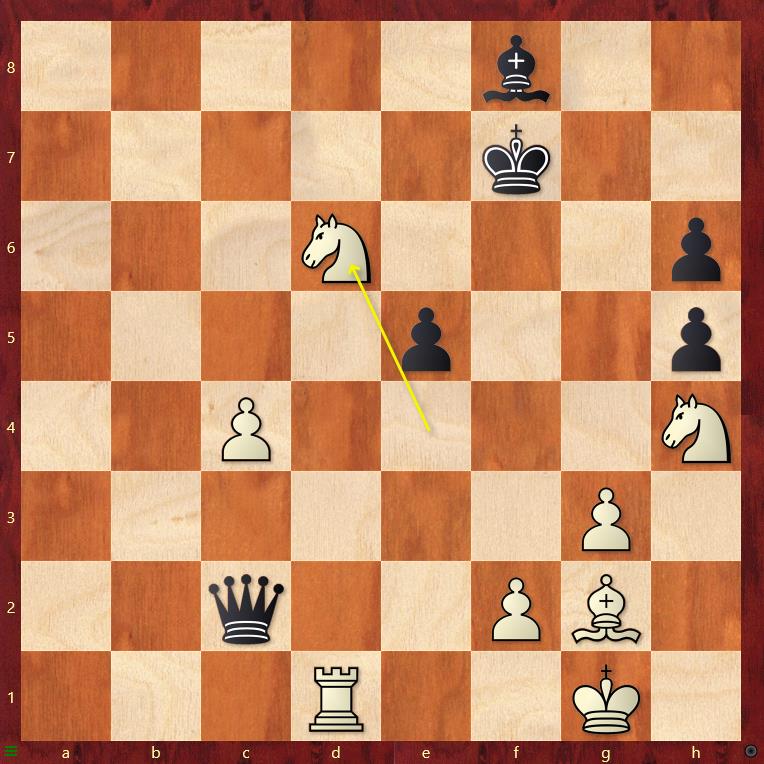
39... Nxd6+ was the key move leading to a decisive checkmate of Black. As the Black king was already exposed with very limited defenses, White could easily carry out the attack with his knights, bishop, and rook. After White lost his queen on the 46th move Rxb3, Black accepted his defeat.
Ethan Vaz - 2nd

This game was a dynamic battle between Ethav Vaz (GA) and Arshpreet Singh (HR). Both sides were precise in their calculation which kept the game equal for a long time until the move...
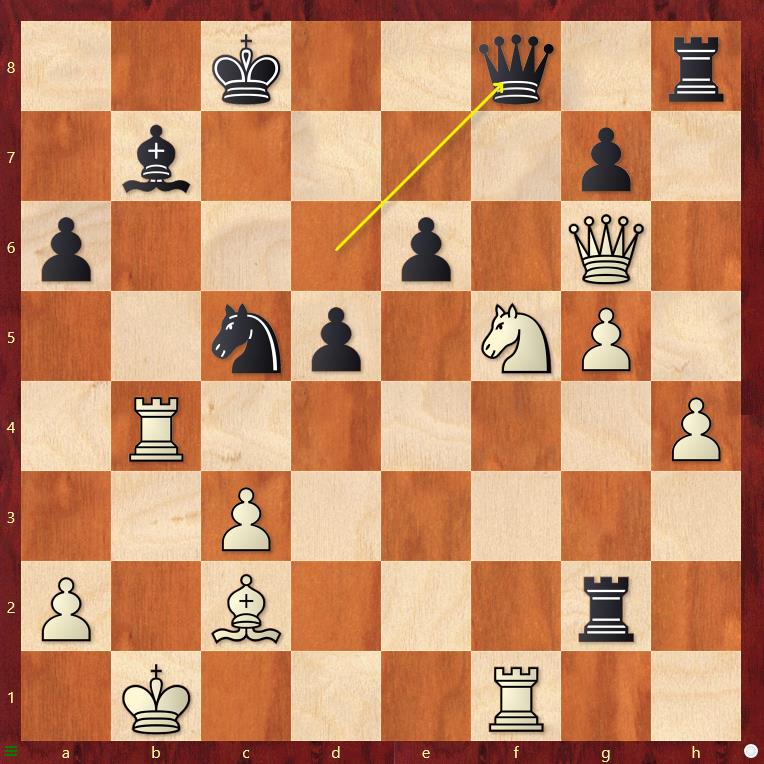
35. Qf8 allowed White to play 36. Ne3 threatening his queen and rook at the same time. Black had no choice but to play Rf2 followed by 37. Rxf2 Qxf2 38. Qxg7... opening g-pawns line. White’s passed pawns created a lot of pressure for Black which was difficult to stop because of Black’s inactive bishop and knight. As White prepared for a checkmate, Black found no way to defend and was forced to resign.
Prathamesh Sherla - 3rd

After going through Prathamesh's game, you will notice that he is amazing with his pawn maneuvering. One great example is his game against Harsh Ghadge (MH) with black pieces.
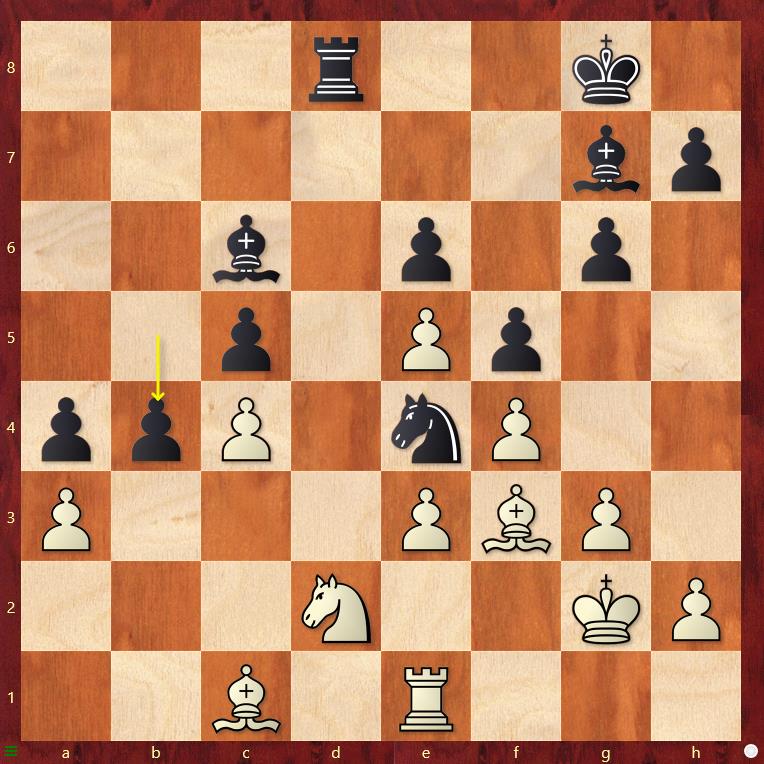
26. b4 was the move where Black seized the initiative, creating a dangerous passed pawn and restricting White's counterplay. The players exchanged their knights and bishops but it only strengthened Black's position.
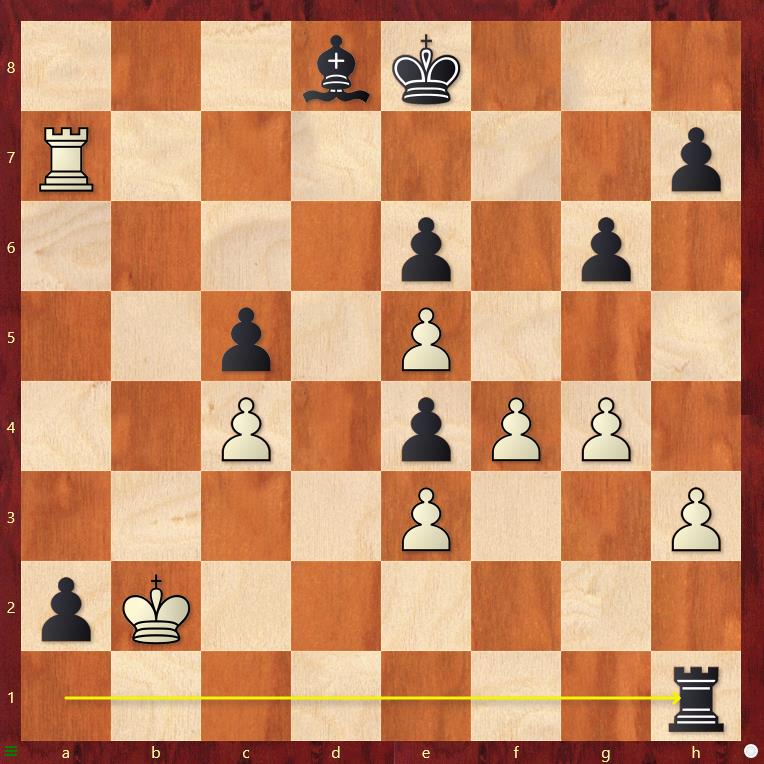
He executed the final attack with 45. Rh1 to activate his Kingside pawns. White could not do any counterplay due to its imbalanced pawn structure and limited rook mobility. As a result, he was forced to resign after his 50th move.
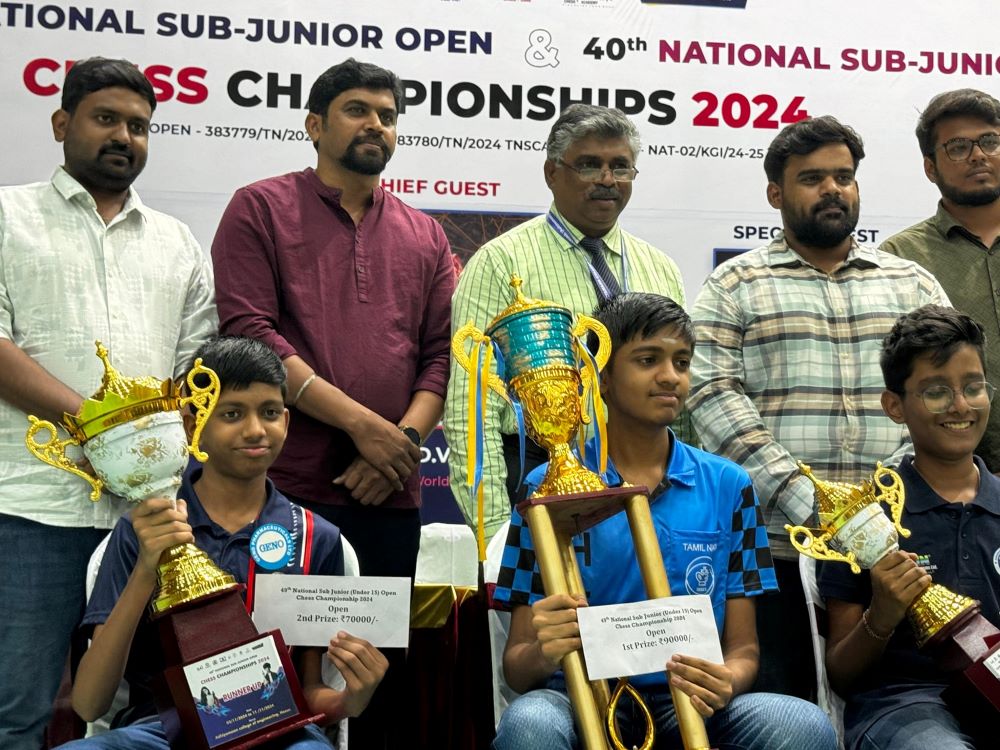
Girls section
Prishita Gupta - 1st
Prishita demonstrated excellent tactical awareness and counterplay in this game. The critical moment came after 18. fxg5 when Black was preparing to target White's f4 pawn by utilizing the open f-file for the rook.

White captured Black's rook, but the position began shifting in Black's favor. Black relentlessly kept on applying pressure, starting with 24. Ne3+ and 26. d4, attacking both White's queen and pawn.

With 29. Qd6 and the decisive 31. Nc4+, Black created a series of threats that ultimately led to White's resignation.
Ashita Jain - 2nd
In this game, Black had some positional weaknesses which White capitalized on.
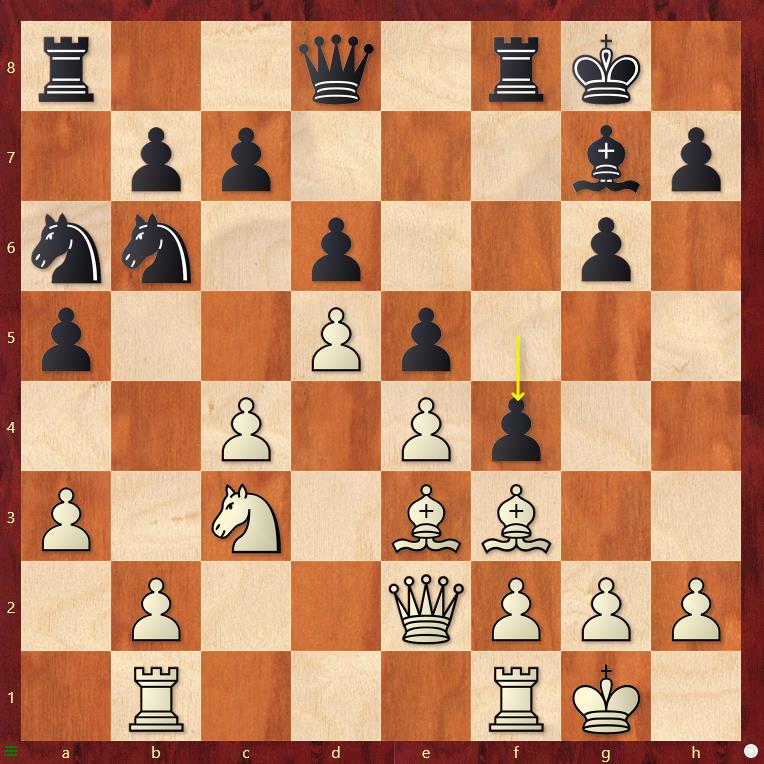
After 15. Bxb6 cxb6, Black’s pawn structure became disrupted, creating long-term weaknesses.
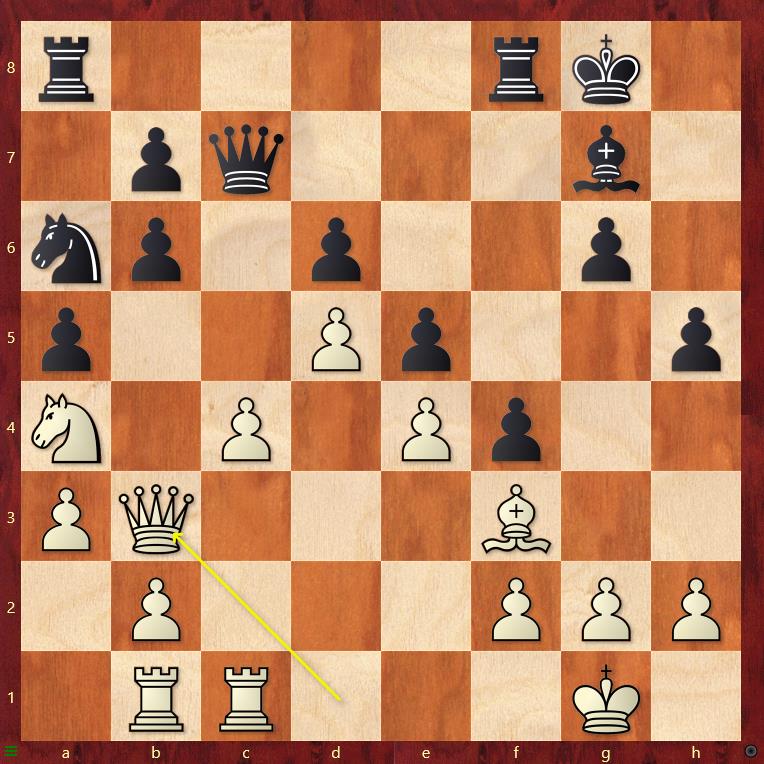
White infiltrated with 19. Qb3 followed by a series of exchanges that left Black in a vulnerable position.
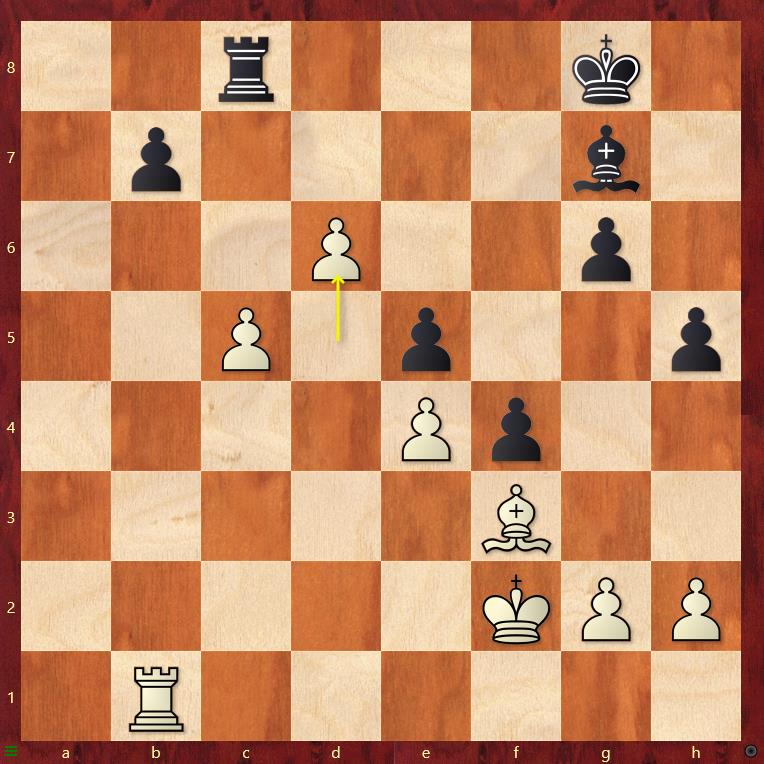
White's precise pawn play, particularly the passed d-pawn became the key factor in turning the position into a completely winning one. In the final phase, White promoted another pawn and Black was unable to defend against the upcoming threat. Hence, this long game ended after the 60th move.
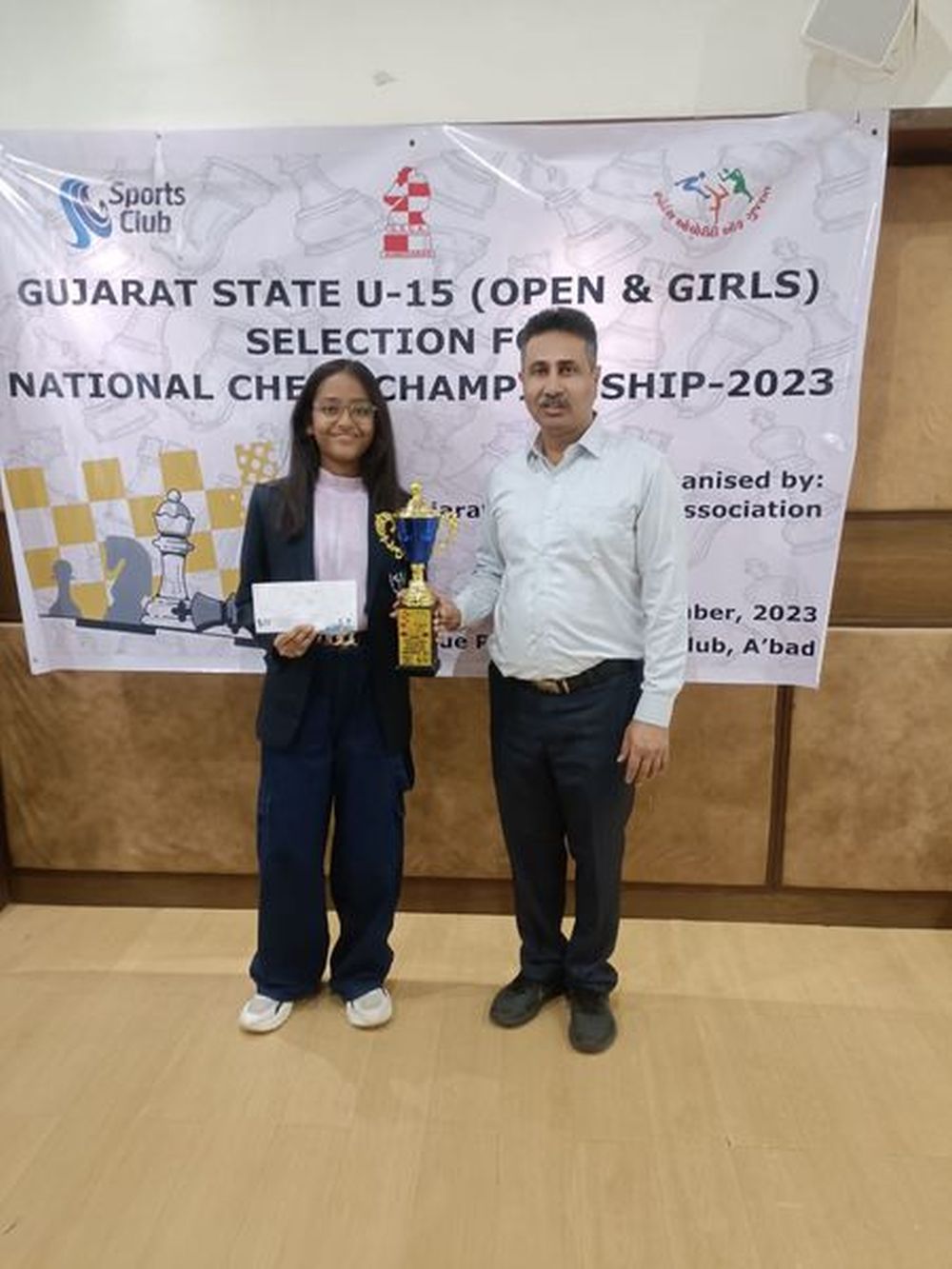
Saparya Ghosh - 3rd
This game is a sheer example of strategic mastery. It became a little complex in the middlegame after 13. Qf3 and the knight exchange on c6.

But White's 19.g4 indicated an attempt to open lines against Black's king.
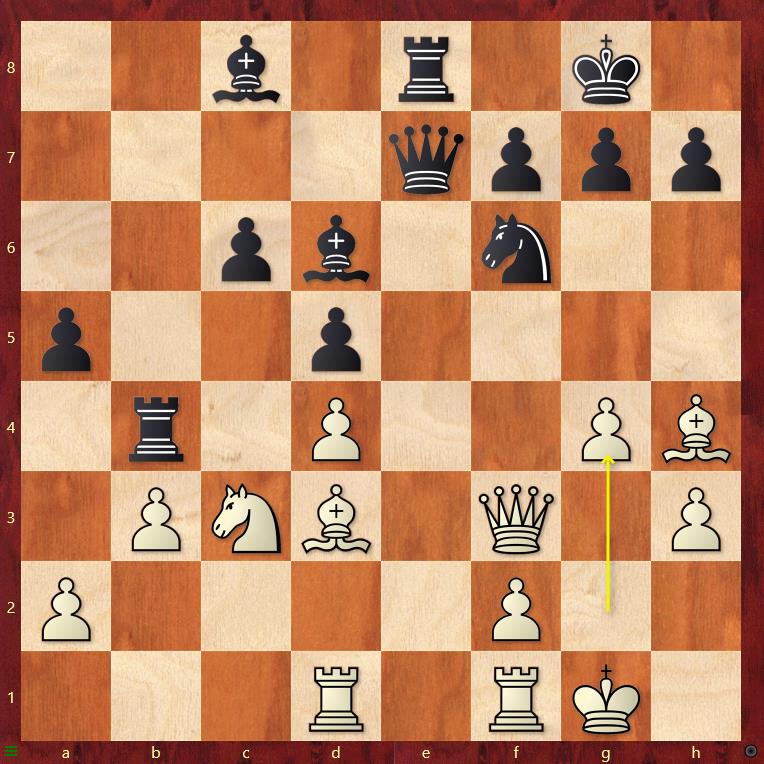
23. Bxd6 triggered multiple exchanges which resulted in a dominant position for White. Black survived for a while and regained control until her blunder on 41.gxh4+.
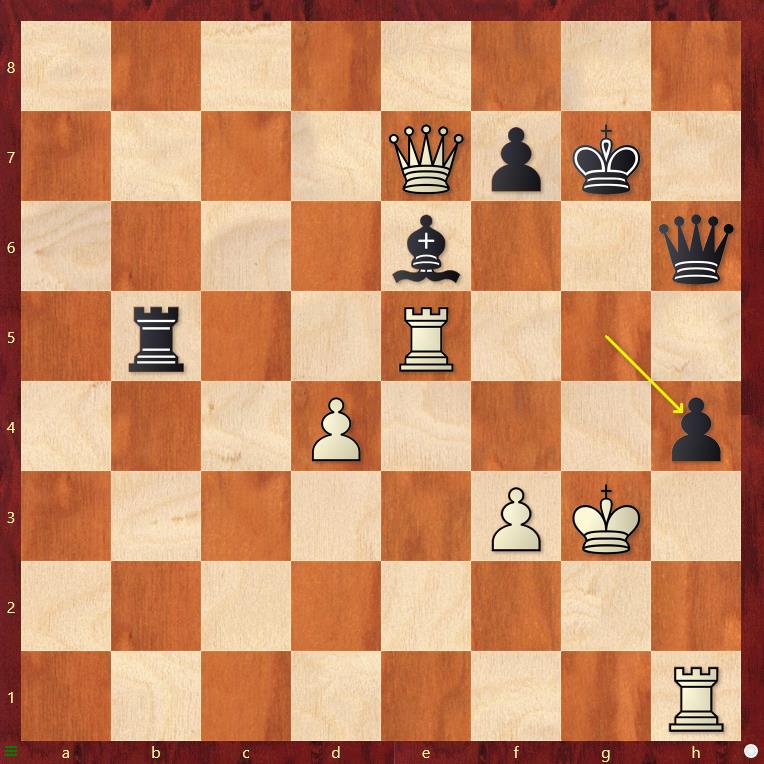
This move eased the checkmate pattern for White. Even 42.Qg6+ could not save Black's king; instead, it opened the door for White to deliver checkmate in the next two moves.
